Where Wilderness Survives: Why Browns Park National Wildlife Refuge Is a Place Like No Other
Tucked away in northwest Colorado’s remote valley, Browns Park National Wildlife Refuge captivates both adventurers and conservationists with its untouched landscapes and rich biodiversity. Imagine a place where river cottonwoods break the monotony of harsh, semi-arid expanses—a place so secluded that even the passage of time seems different here. While much of the West has been shaped by development, Browns Park remains an oasis, providing critical shelter not just for a remarkable array of wildlife, but for anyone seeking refuge from civilization’s daily grind.
The habitat mosaic at Browns Park is one of contrasts and symbiosis: wetlands and meadows lie side by side with upland sage steppe and pinyon-juniper forests, all nurtured by the life-giving Green River. This unique setting has drawn a diverse cast, from Fremont Indians and Shoshone traders to ranchers and infamous outlaws, leaving behind stories etched in petroglyphs or whispered in the cottonwood canopies. Yet, Browns Park National Wildlife Refuge’s true marvel may be its everyday role as a sanctuary—one where migratory birds rest during impossibly long journeys, elk and mule deer graze through snowy winters, and bald eagles raise their young undisturbed. Understanding this haven is not just about appreciating nature—it’s about glimpsing how wild spaces still shape, and are shaped by, those who visit.
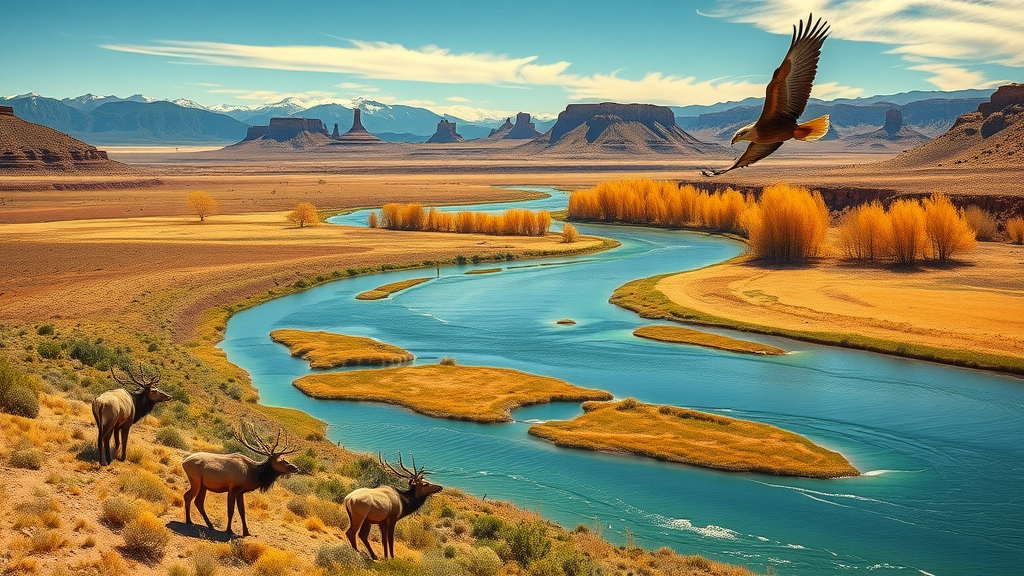
Untold Stories of Survival: The Ecological and Cultural Importance of Browns Park
At its core, Browns Park National Wildlife Refuge is both a lifeline for animals and a living chronicle of human presence amid rugged lands. Established in 1956, the refuge exists to safeguard vital migratory corridors and preserve threatened species—functions that remain absolutely critical today. Here, spring and fall see countless birds using Browns Park as a rest stop, dependent on its unspoiled habitats for feeding and recovery. Whitetail and mule deer, along with elk, rely on these uplands and grasslands when harsh winters press them to the limits. In the cottonwood forests, bald eagles and ospreys build nests that have housed generations.
But the refuge’s significance is not solely ecological—it carries the legacy of the people who have called it home across centuries. Early Indigenous residents, like the Fremont Indians, left behind petroglyphs as silent testimony to their way of life. After them, Shoshoni tribes, mountain men, and eventually homesteaders took advantage of the valley’s shelter and resources. Even legendary figures such as Butch Cassidy found temporary asylum here. Without such places of sanctuary, both wildlife and local histories risk being lost to erosion, drought, and the encroachment of change. Those unaware of Browns Park may never know how much is at stake if such unique environments disappear.
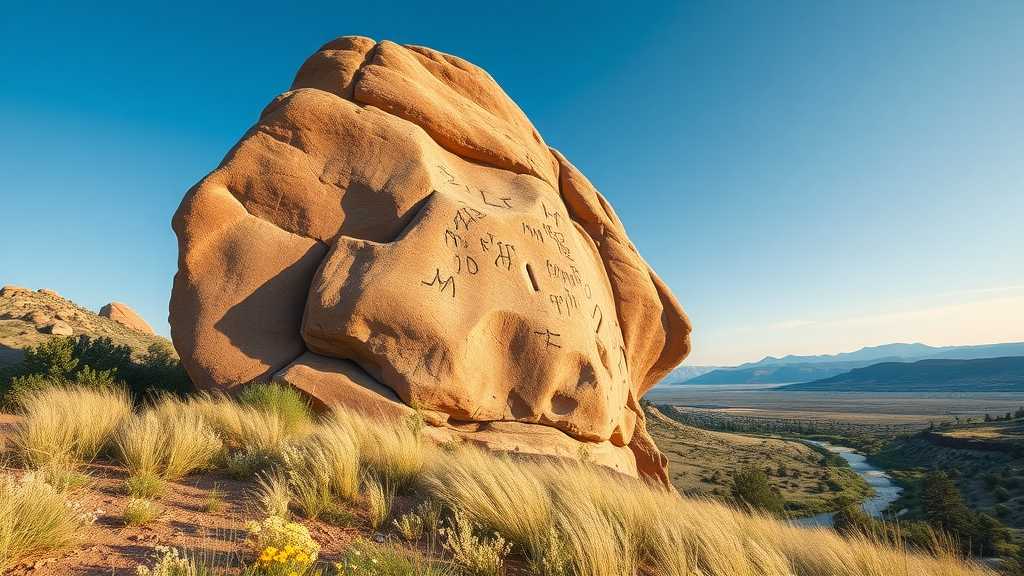
Why Browns Park National Wildlife Refuge Transforms Wild Encounters for Every Visitor
Guided by its original mission of wildlife preservation and education, Browns Park National Wildlife Refuge stands apart as a living classroom and a rare window into Colorado's ecological heritage. Visitors are drawn not only by the potential for wildlife viewing—the refuge routinely delivers sightings of migratory birds, herds of mule deer and elk, and eagles in their natural environment—but by the promise of connecting with an unspoiled world. The absence of commercial distractions allows for genuine immersion, where each visitor becomes an observer and participant in nature’s timeless cycles.
Beyond the thrill of sighting rare species, the refuge offers tangible benefits for those who seek deeper understanding. Engaging with Browns Park’s habitats provides lessons in resilience, adaptation, and balance within both animal and human communities. Educational opportunities abound: from observing animal tracks in wet meadows to deciphering ancient rock carvings along old trails, each encounter deepens respect for this protected landscape. For families, students, or solo explorers, these experiences foster stewardship—illuminating the importance of protected wild spaces and inspiring new generations of conservation-minded citizens.
From Ancient Petroglyphs to Outlaw Hideouts: Unraveling Browns Park’s Hidden Histories
While renowned for its wildlife, Browns Park is equally intriguing for the layers of human history embedded within its borders. The refuge’s earliest inhabitants, the Fremont Indians, have left enduring evidence through stone petroglyphs that still puzzle and enchant modern-day visitors. Centuries later, as the land became a crossroads for Shoshone gatherings, mountain men, and traders, its identity as a place of shelter and barter deepened.
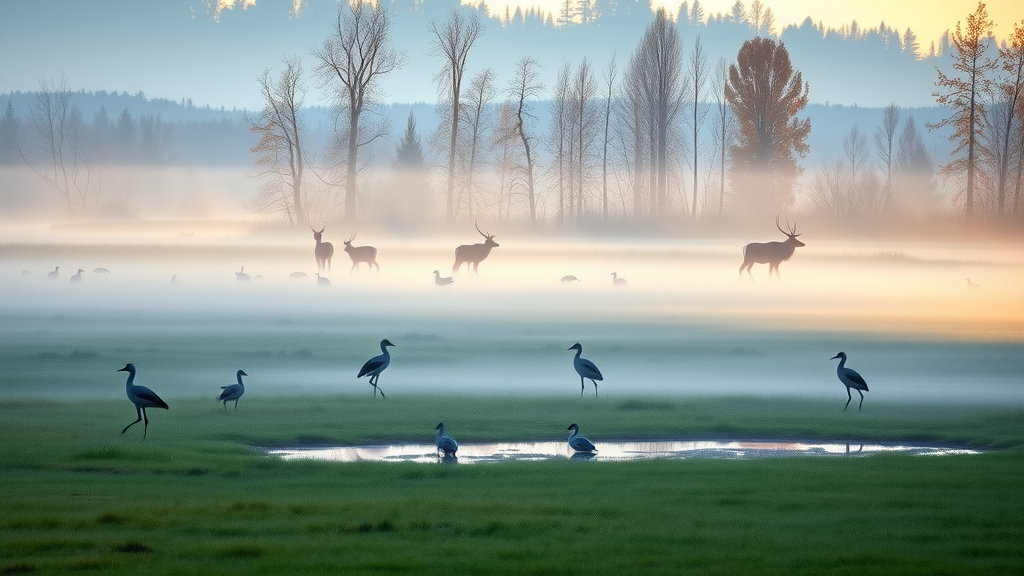
During the late 19th and early 20th centuries, as ranchers began settling the valley, Browns Park took on a new mystique. Stories abound of famous outlaws, such as Butch Cassidy, using the park’s rugged terrain to evade law enforcement—a testament both to the remoteness of the area and to the resilience of those who lived here. Exploring Browns Park today offers glimpses into these overlapping histories, equipping every visitor with a richer perspective on the intertwining of human ambition and wild landscapes.
Modern Conservation in Action: How Browns Park Adapts to Today’s Challenges
Contemporary visitors to Browns Park see conservation in tangible practice. For instance, strict regulations under Stage 2 Fire Bans prohibit open flames and even restrict certain recreational practices, all to preserve the fragile habitats amid rising drought risks. Likewise, shed antler hunting, collecting artifacts or plant materials, and off-road vehicle use are tightly controlled, ensuring that sensitive environments remain undisturbed for both current wildlife and future generations.
Such regulations reflect more than a set of restrictions—they are expressions of a larger philosophy, centered on coexistence and respect. Rangers enforce these measures not out of rigidity, but as part of a broader mission to balance public recreation with ecological integrity. In an era of shrinking wild places, Browns Park is a living experiment in how thoughtful stewardship can make a difference, making every visit a vital act of support for conservation.
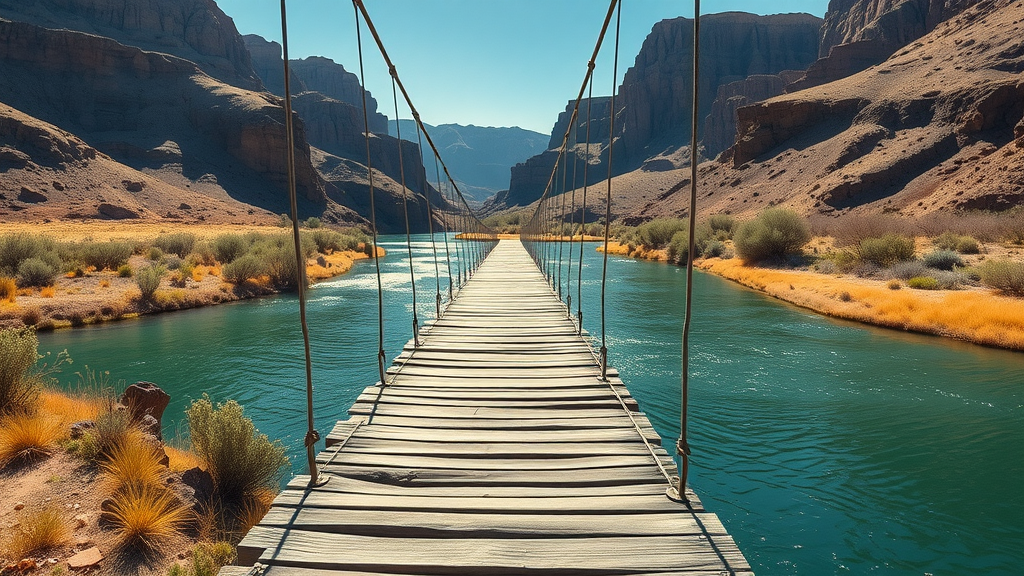
Why Every Visit Matters: What You Gain By Choosing Browns Park National Wildlife Refuge
Spending time within the refuge means gaining insights impossible to replicate elsewhere. Browns Park’s accessibility through roads like Crouse Canyon offers unparalleled scenic immersion, with the Green River carving a path through cottonwood forests and dramatic bluffs. The simple infrastructure—"no frills," as one visitor described—focuses attention on natural splendor rather than amenities, allowing for unmuddied wildlife observation, peaceful solitude, and authentic engagement with the land.
Whether one comes for solitude, education, or the thrill of wildlife, the experience at Browns Park leaves a lasting imprint. The opportunity to connect deeply with nature, encounter rare bird species, and witness the interplay of geography and history creates not just lasting memories, but a new way of seeing the world—one where ecological stewardship and respect for the wild go hand in hand.
Stewardship at the Core: Browns Park National Wildlife Refuge’s Approach to Conservation and Education
From its founding in 1956, Browns Park National Wildlife Refuge has operated with a foundational philosophy: to serve as a sanctuary for both migratory birds and threatened species while welcoming the public for wildlife-dependent recreation. Unlike refuges geared toward heavy tourism or development, Browns Park balances its dual mission with a deep commitment to preservation and educational engagement. Every policy—whether it pertains to fire safety, artifact protection, or the limiting of certain activities—reflects this mission of sustainable coexistence.
The staff’s approach is informed by a long view. They recognize that true conservation demands both proactive protection of habitats and the fostering of public awareness and stewardship. By inviting visitors to observe and appreciate without disturbing, Browns Park upholds its legacy as not only a safe haven for wildlife, but also as a training ground for future generations of nature lovers, biologists, and outdoor enthusiasts. In a world where natural sanctuaries are ever more at risk, this blend of vigilance and education defines Browns Park’s enduring contribution.
Voices from the Wild: Real Visitor Perspectives on Browns Park’s Impact
For many, the true test of a refuge’s value lies not in rules or regulations, but in the lived experiences of those who pass through its gates. One recent visitor summed up their journey through Browns Park with an evocative review, capturing both the remote beauty and accessibility that make it exceptional:
Very scenic overviews of the Green River in Moffat County, Colorado. Visit the swinging bridge. It was very beautiful. This area has amazing wildlife viewing.
Such firsthand accounts underscore what makes Browns Park National Wildlife Refuge a cherished destination; the sense of discovery, awe, and renewed appreciation for wild spaces is a near-universal takeaway. For anyone contemplating a visit, stories like these offer genuine proof of how a journey into the park brings both inspiration and connection—reminders that choosing to spend time in places like Browns Park nourishes both the land and the soul.
Protecting the Past, Preserving the Future: Why Browns Park Remains Vital
In a changing landscape threatened by development and climate shifts, places like Browns Park National Wildlife Refuge serve as guardians of diversity, history, and possibility. The refuge’s combination of rugged beauty, deep-rooted history, and forward-thinking conservation makes it not just a repository of the past, but a beacon for the future. Insights from Browns Park’s approach to habitat management and public engagement have quietly influenced the standards by which other wild spaces are protected and interpreted.
Whether you’re an aspiring naturalist, a parent seeking wild horizons for your children, or a traveler drawn by the mysteries of the Green River, Browns Park National Wildlife Refuge remains a shining example—reminding all who enter of the rare wonders that thrive when people choose to value and protect the wild. The continuing efforts to maintain and enhance the refuge’s habitats ensure that its lessons and beauty endure for generations to come.
Contact the Experts at Browns Park National Wildlife Refuge
If you’d like to learn more about how Browns Park National Wildlife Refuge can enrich your understanding of wildlife, conservation, and Colorado’s unique ecosystems, contact the team at Browns Park National Wildlife Refuge.
📍 Address: 1318 CO-318, Maybell, CO 81640, USA
📞 Phone: +1 970-365-3613
🌐 Website: https://www.fws.gov/refuge/browns_park/
Browns Park National Wildlife Refuge: Location and Weekly Hours
🕒 Hours of Operation:
📅 Monday: 8:00 AM – 4:00 PM
📅 Tuesday: 8:00 AM – 4:00 PM
📅 Wednesday: 8:00 AM – 4:00 PM
📅 Thursday: 8:00 AM – 4:00 PM
📅 Friday: 8:00 AM – 4:00 PM
📅 Saturday: ❌ Closed
📅 Sunday: ❌ Closed
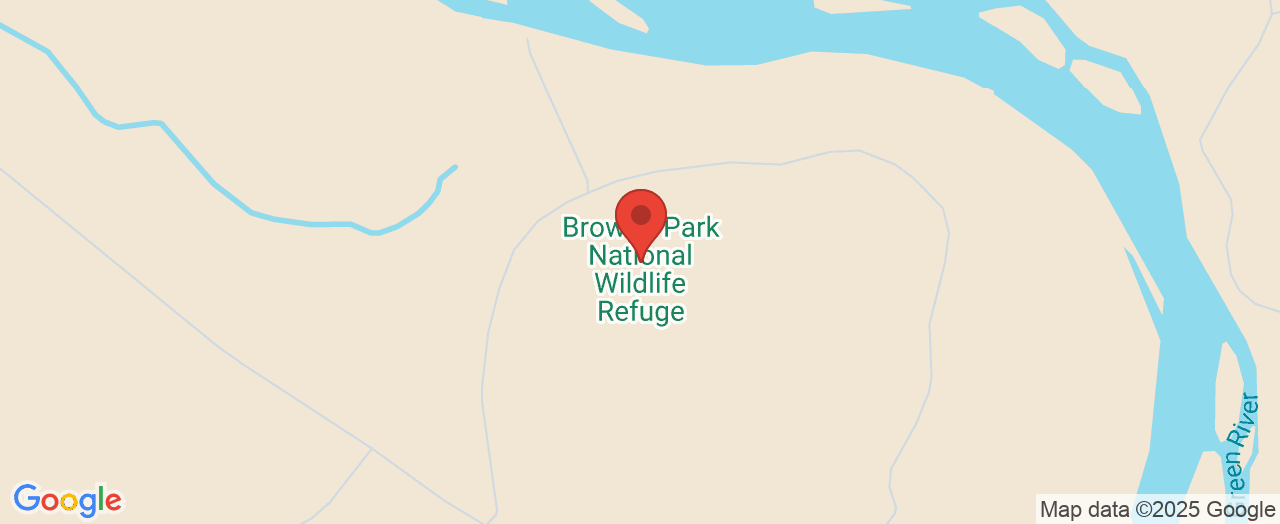
 Add Row
Add Row  Add
Add 





Write A Comment